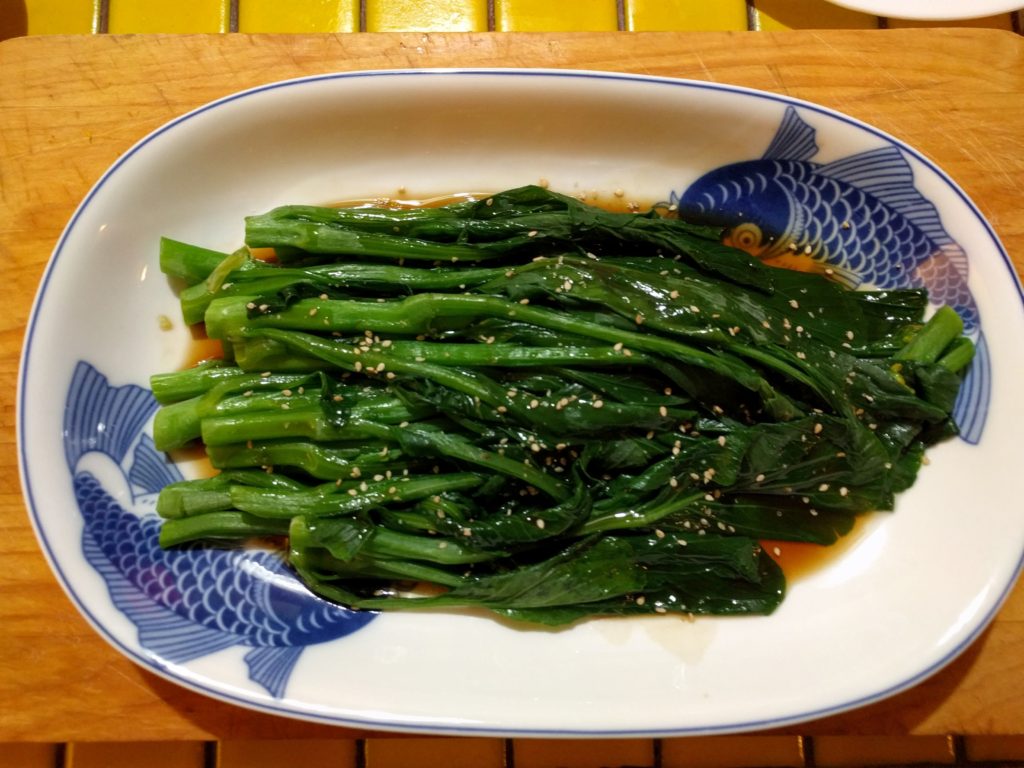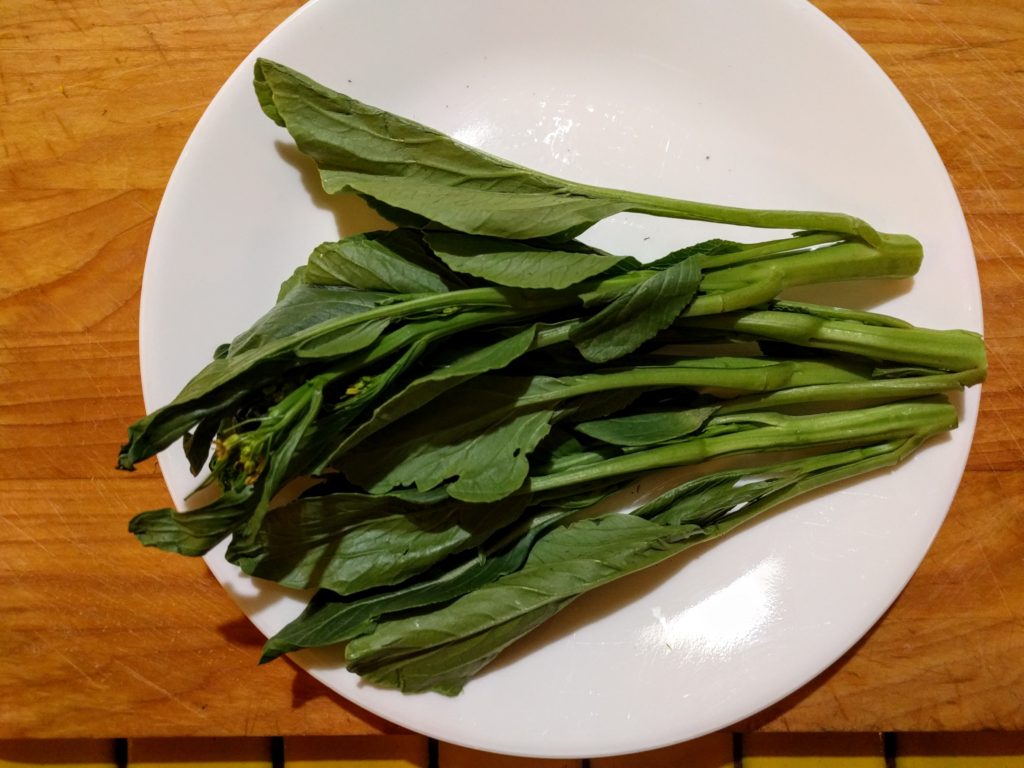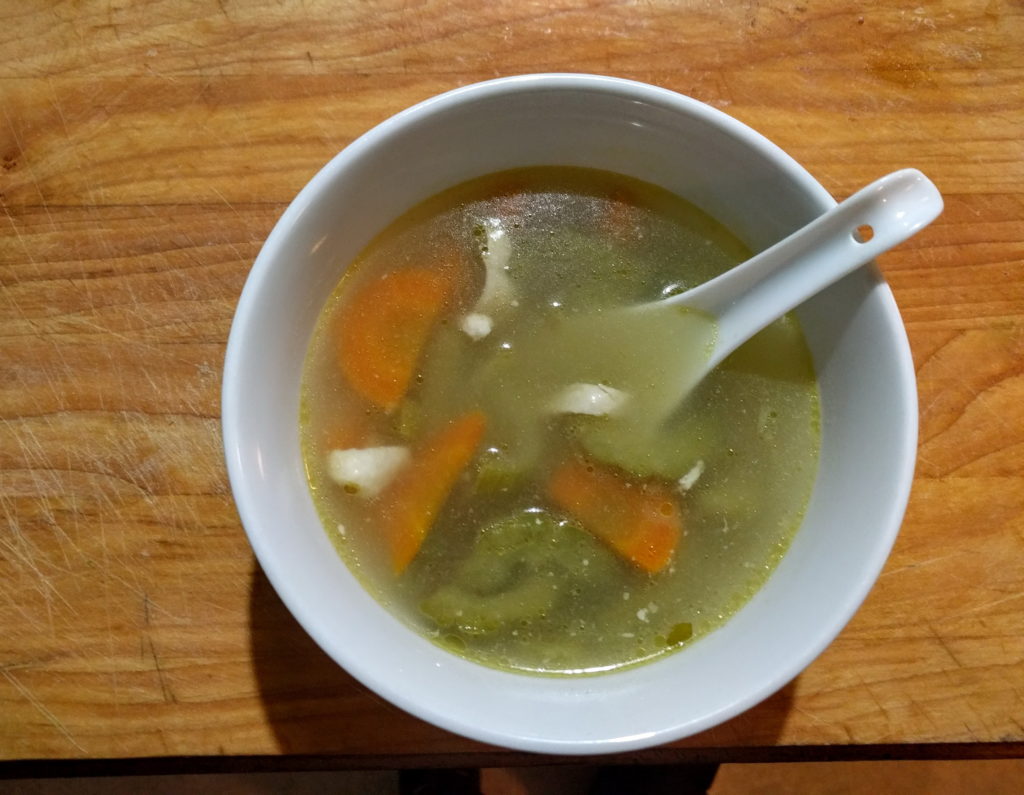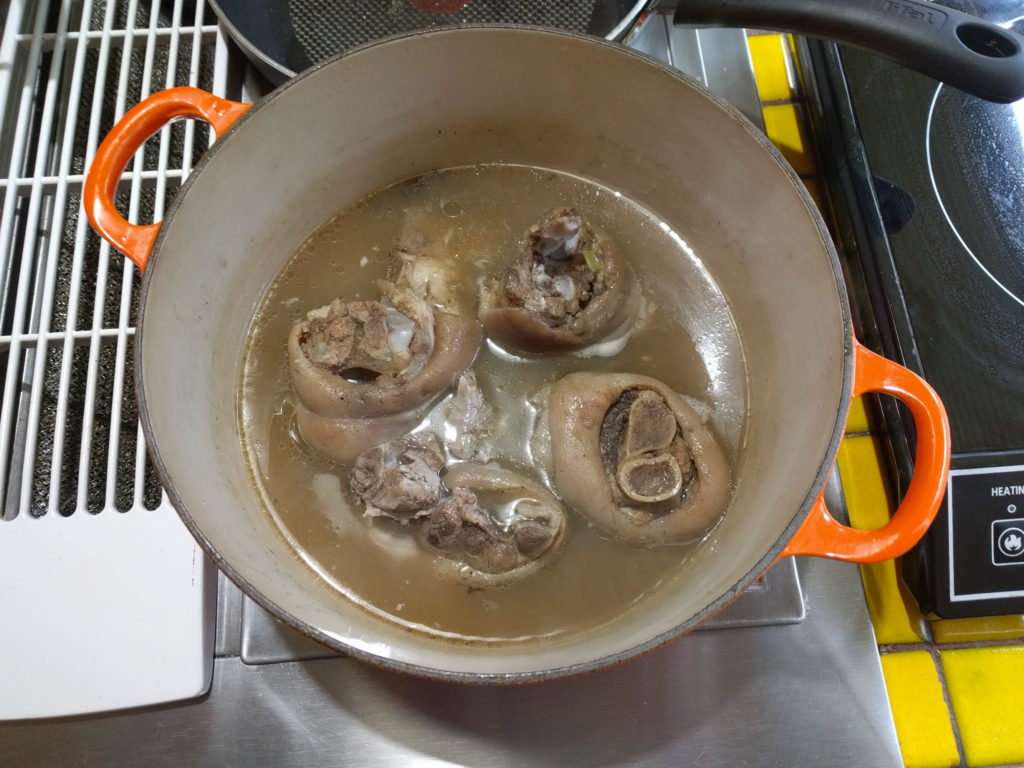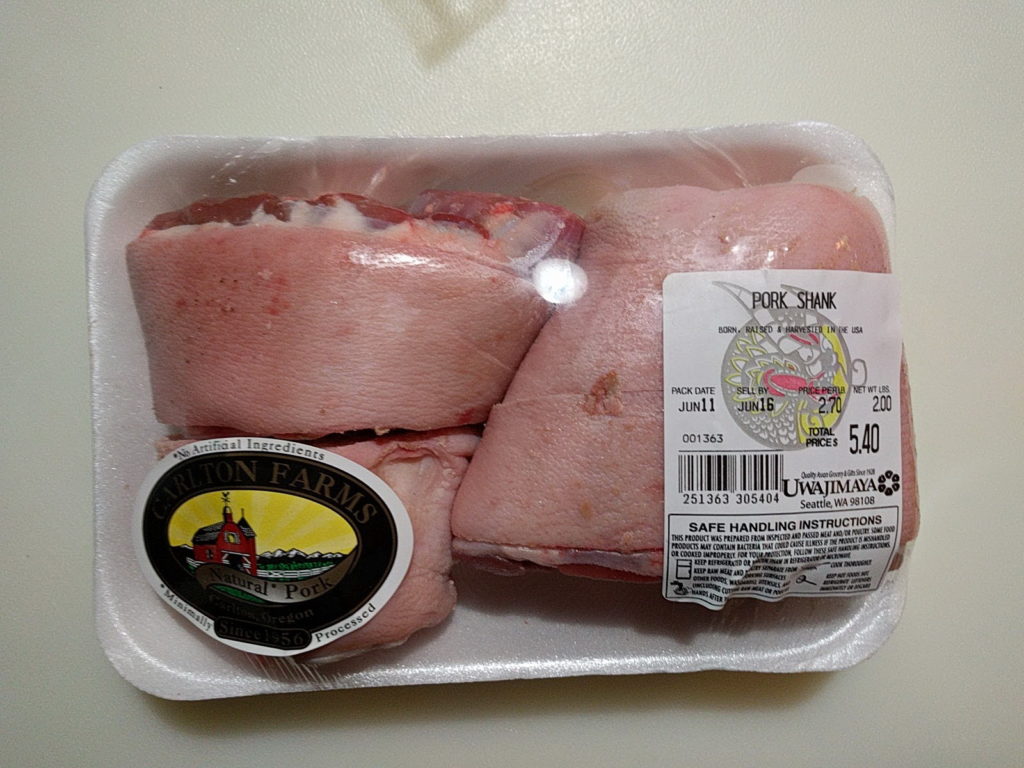You don’t need a car to go hiking around Portland.
Thanks to the region’s robust public transit system, it’s totally possible to spend every weekend in the woods without even getting a driver’s license. For $4 a day, a Skamania County bus takes you by nine trailheads throughout the Columbia Gorge. Or, for just $2.50, MAX will drop you in Forest Park, dubbed the “nation’s largest urban woodland,” by Backpacker magazine.
With bewildering timetables and complicated routes, public transit can pose logistical challenges. Know your limits—not just on the trails, but also whether you’re comfortable transferring at remote stops when your cellphone’s dead. Here are our picks for the best trails available by public transit in the greater Portland area.
With bewildering timetables and complicated routes, public transit can pose logistical challenges. Know your limits—not just on the trails, but also whether you’re comfortable transferring at remote stops when your cellphone’s dead. Here are our picks for the best trails available by public transit in the greater Portland area.
1. Gillette Lake 5.8 miles
Get there: From Portland, go to Fisher’s Landing Transit Center by taking C-Tran No. 164 from Southwest 6th Avenue and Market Street or C-Tran No. 65 from Parkrose Transit Center. Unless you have a pass, C-Tran is cash-only, so bring exact change. A day pass for most C-Trans is $5, but on the express lines numbered 99 and up, like the No. 164, a day pass is $7.50. From Fisher’s Landing, take the West End Transit bus east to the Gorge. Get off at Bonneville Dam. WET also is cash only, and also requires exact change. It costs $4 for the day. For more information about the WET bus, go to gorgefriends.org.
Rural Skamania County, which lies along the Columbia River north of I-84, has a bus that runs from Vancouver along Highway 14 to the town of Carson. The weekday bus mostly takes seniors to the doctor. On weekends from May to October, however, it offers more frequent stops at trailheads and travels as far east as Dog Mountain. The more outdoorsy weekend bus is still mostly people going grocery shopping or getting their hair cut, so don’t expect the driver to point out the local fauna and extol the virtues of each hike. Also, be sure to alert him where you want to get off and where you want to be retrieved later in the day. Feel free to request a roadside pickup even if it’s not an official stop.
This rural bus opens up several Gorge trails to the car-less—Beacon Rock, Cape Horn, Dog Mountain. For views, a lake and the option to decide en route when you want to turn around, try the Bonneville Dam trailhead to the Pacific Crest Trail. From the parking lot, start out on the gravel road that soon turns upward onto the Tamanous Trail. About a half mile into your wooded climb, you reach a junction with the PCT. Turn left. A little more than 2 miles down the trail is Gillette Lake. It’s stocked with golden trout and perfect for a lunch break. If you want more time in the woods, push onward another mile and a half to Greenleaf Overlook for a panoramic view of the Gorge. Feeling super-gonzo? Veer upward onto West Table Mountain Trail for a 15.8-mile round trip adventure.
When you’re on the bus, the day doesn’t end when you limp into the parking lot. On the ride back, there’s an hour-and-a-half layover in Stevenson. For decent pizza, check out Andrew’s, just across the street from where the bus drops you. Also, about two blocks behind Andrew’s is Skamania County’s finest brewery, Walking Man Brewing, which has sausages on the grill out back.
2. Council Crest 3.3 miles
Get there: This is a walk from downtown Portland. Head south on Broadway and turn right at Southwest 6th Avenue. This will turn into Terwilliger Boulevard and then Sam Jackson Park Road. From here you can see the Marquam Nature Park Shelter at the trailhead.
There’s a wild gem hidden a mere mile from the Southwest 5th Avenue bus mall. Follow signs to Council Crest, the highest point in Portland, up the rocky, densely wooded Marquam Trail. At times, you are so deep in the forest that it’s easy to forget about the city. At other times, you cross busy streets or travel past rows of large houses. It’s impossible to get lost: Just keep going up. When you emerge at Council Crest, there’s a view of five Cascade Range mountains.
3. Pittock Mansion Loop 4.8 miles
Get there: Take the MAX Blue or Red Line to the Oregon Zoo. Walk up the hill to the uppermost parking lot and take a left onto Wildwood Trail. To get back from Pittock Mansion, head downhill on Northwest Pittock Drive. In a half-mile, take a left onto Northwest Barnes Road. In a couple hundred feet, you’ll see West Burnside Street. The No. 20 bus picks you up here.
If somebody made a theme-park ride of Portland, it would probably look a lot like this hike. You see everything: zoo kids, bubbling creeks, Portland’s famous mansion, posh houses nestled among the trees, the cocktail-slurping yuppies of Northwest 23rd Avenue. Start on Wildwood Trail at the zoo and stay on it for the rest of the hike. You pass an archery range, cross rough-hewn bridges and sprint across Burnside when the traffic ebbs for a moment. The last mile or so is brutally steep, but when you crest the hill, you’re at Pittock Mansion, where you have awesome views of the whole city. On Burnside at the bottom of the hill, board the No. 20 bus and get off at 23rd for some people-watching and sushi.
4. Linnton Loop 5.2 miles
Get there: Take TriMet bus No. 16 toward St. Helens and get off at stop 5355 in Linnton, where the bench has a flat, silver bus art piece for a back rest. For directions on the hike (it’s a complex loop), check out the Linnton Loop Hike on oregonhikers.org.
Hardly anyone ventures into these northern reaches of Forest Park, but you’ll be glad you did. Climb Firelane 10 with the whistles of freight trains echoing in the background. Take a left onto Wildwood Trail and listen for bird calls as you gently rise and fall, crossing streams in many of the gullies. Finally, descend through the dappled light of Waterline Road and Firelane 9. Note: The turn from Wildwood to Waterline is unmarked—the sign seems to have fallen down. End up on residential Northwest Wilark Avenue and follow it downhill to its dead end, where you find a stairway that leads back to the trailhead. Come August, this stairway may be the best place around for blackberry picking.
5. Tryon Creek State Park
Get there: Take TriMet bus No. 39 to Lewis & Clark Law School. Behind the school, pick up the Lewis and Clark Trail, which leads you into the park.
When the temperature spikes into triple digits, this is where you want to be. Well-marked trails lead you through the shade, and little wooden bridges crisscross the cool creek.
6. Lacamas Park https://Lackamas Lake Park
Get there: From Portland, go to Fisher’s Landing Transit Center by taking C-Tran No. 164 from Southwest 6th Avenue and Market Street or C-Tran No. 65 from Parkrose Transit Center. Unless you have a pass, C-Tran is cash-only, so bring exact change. A day pass for most C-Trans is $5, but on the express lines numbered 99 and up, like the No. 164, a day pass is $7.50. Take C-Tran No. 92 from Fisher’s Landing to stop 2314 at Northeast 3rd and East 1st avenues in Camas. In front of you is a parking lot and an information board where you can plan your hike.
It’s like Clark County’s version of Forest Park. And good job, Camas, it’s almost as cool. Recent signs from two Eagle Scout service projects make the park’s 6-plus miles of wooded trails easily navigable. Round Lake and the Camas Potholes make overheating impossible. This is the best outdoor swimming hole you can get to by public transit. If you want a longer hike, connect to the Lacamas Heritage Trail, which runs along Lacamas Lake for 3.5 miles.
Looking for even more? Try the 4T, is a pre-packaged urban adventure that brings you all over the city. Walk the trail from Oregon Zoo to OHSU, ride the tram down the hill, take the streetcar downtown, and then ride the Max back to the zoo to complete the loop. Interpretive signs mark the 4T’s at every moment of decision, so you can’t get lost.
